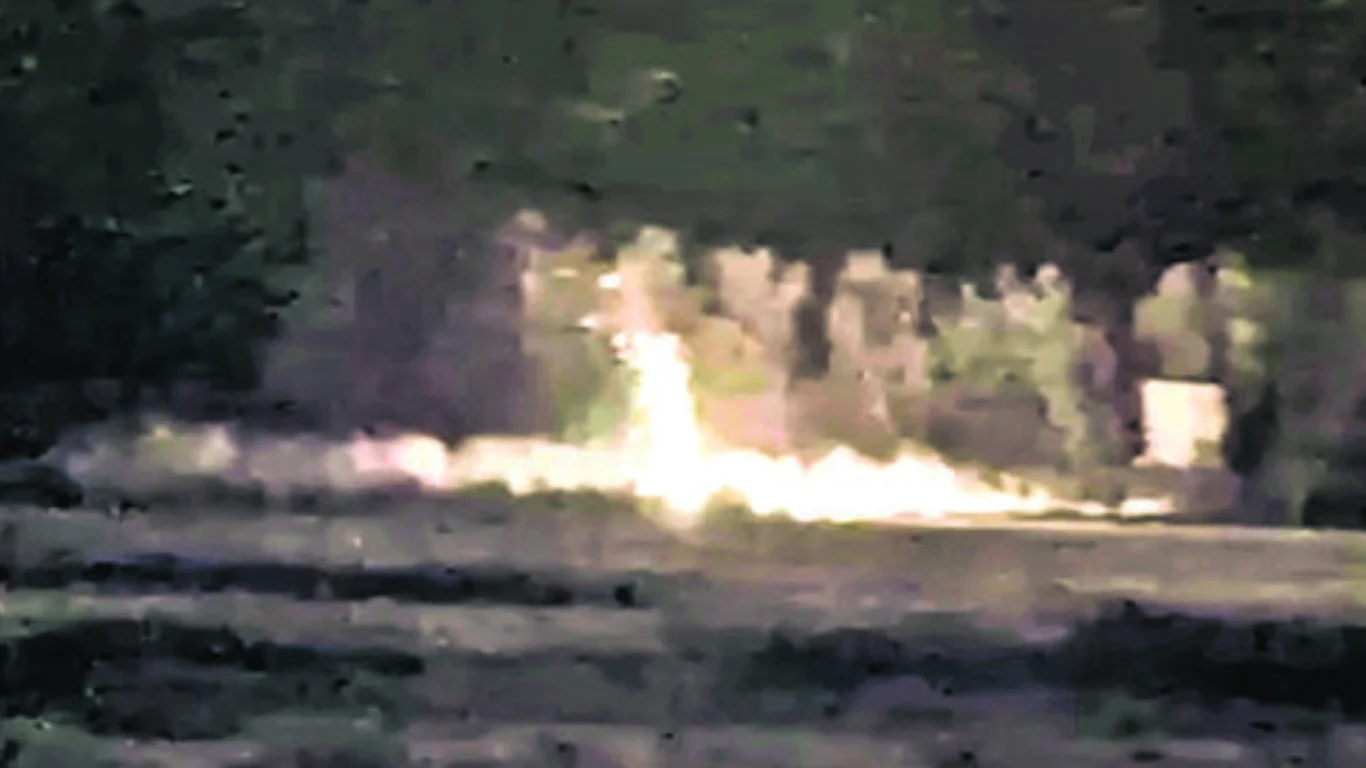
Satellite Imagery Confirms India’s Precision Strikes on Key Pakistani Airbases
Newly released satellite imagery from India’s Ministry of Defence, corroborated by commercial intelligence providers, has confirmed that the Indian armed forces carried out a series of targeted precision strikes on eight major Pakistani airbases on May 10. These strikes took place just hours before both nations reached a tentative understanding to halt all ongoing military operations, according to officials familiar with the matter.
The Indian military’s action came as a direct response to what it described as Pakistan’s attempted attacks on 26 Indian military installations earlier the same day. Indian retaliation involved the use of advanced missile systems and other long-range precision weapons, which were employed to inflict maximum damage on Pakistan’s military infrastructure while aiming to minimize collateral damage.
According to Damien Symon, a geo-intelligence analyst with The Intel Lab who reviewed the satellite imagery, the Indian strikes were highly coordinated and tactically effective. “The strikes appear intentionally designed to neutralise specific military infrastructure while avoiding collateral damage,” he said. Symon added that the images provided by the defence ministry clearly demonstrated the scale and focus of the Indian operations, reflecting a calculated use of force rooted in superior military technology and operational planning.
At the Nur Khan Airbase in Rawalpindi, imagery revealed the destruction of a likely operations-related building along with several vehicles. “The vehicles were destroyed while the building compound showed signs of damage,” Symon noted. This airbase, one of Pakistan’s more strategically significant installations near its capital, was among the primary targets.
The airbase at Sargodha in Punjab province, known for its role in housing Pakistan’s fighter jets and serving as a logistics hub, suffered visible damage to its runway. Satellite images showed that the airstrip was hit at two separate points, likely rendering it inoperable for both take-offs and landings until significant repair work is carried out.
In Sindh province, the Shahbaz airbase at Jacobabad experienced a strike that targeted a hangar situated near the Air Traffic Control (ATC) tower. While the hangar sustained considerable structural damage, the ATC tower itself appeared to remain intact, suggesting the strike was carefully calibrated to impact operational capacity without targeting essential civilian-military coordination infrastructure.
The most extensive damage was observed at the Rahim Yar Khan airbase in Punjab province. Analysts described the runway as “totalled,” with deep structural impact visible in the satellite images. “The underlying structural layers were exposed—an indicator of long-term disruption,” Symon explained. This level of damage suggests that restoring operational functionality to the airbase will likely take considerable time and resources.
At the Sukkur airbase, also in Sindh, a depot believed to house Unmanned Aerial Vehicles (UAVs) suffered heavy damage. The satellite images showed clear signs of roof collapse and scattered debris, pointing to a direct hit that disrupted drone storage and potentially affected future UAV deployment.
Another significant target was the airbase at Bholari in southern Sindh, a facility that is believed to house airborne early warning systems and maintenance infrastructure. A hangar at the site sustained “serious structural impairment with debris scattered all around,” Symon said, indicating that critical systems may have been compromised.
Collectively, these precision strikes highlight what military analysts have described as a substantial gap in technological capabilities and strategic execution between the Indian and Pakistani armed forces. “The Indian strikes exposed the massive gap between the technological and military sophistication and application of power by the armed forces of the two sides,” said one official briefed on the matter.
While the airbases targeted were all military in nature, the apparent precision of the strikes and the absence of widespread collateral damage suggest a high degree of planning and intelligence coordination behind the Indian operation. The strikes appear to have been calibrated to degrade Pakistan’s air capabilities significantly, particularly its ability to launch and coordinate future aerial missions.
As diplomatic channels began working rapidly in the aftermath of these strikes, both sides agreed to pause further military action. However, analysts caution that the situation remains fragile. The events of May 10 mark one of the most intense military confrontations between the two nuclear-armed neighbors in recent years, underscoring the volatility of the region and the growing reliance on advanced military technology in modern conflict.

















